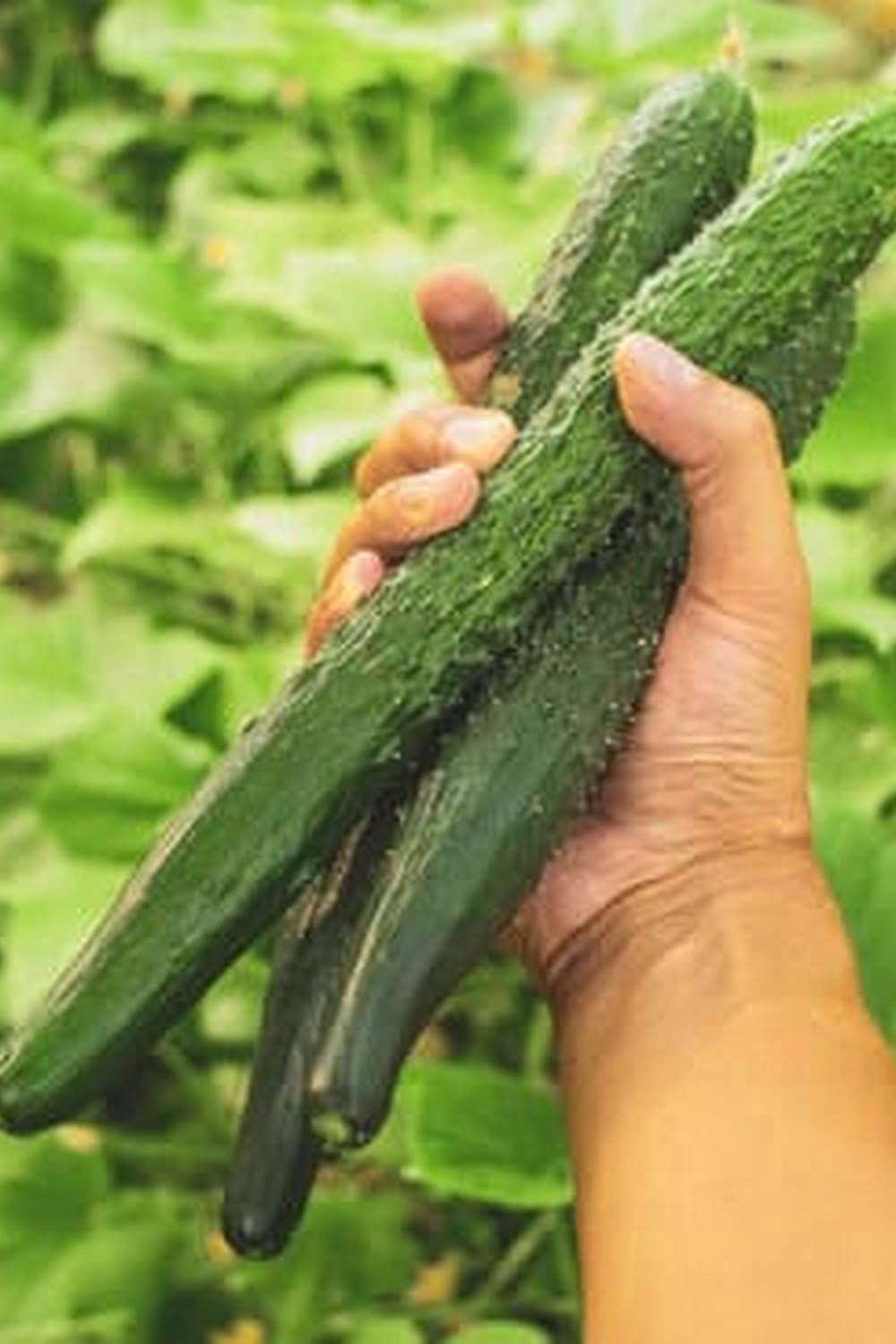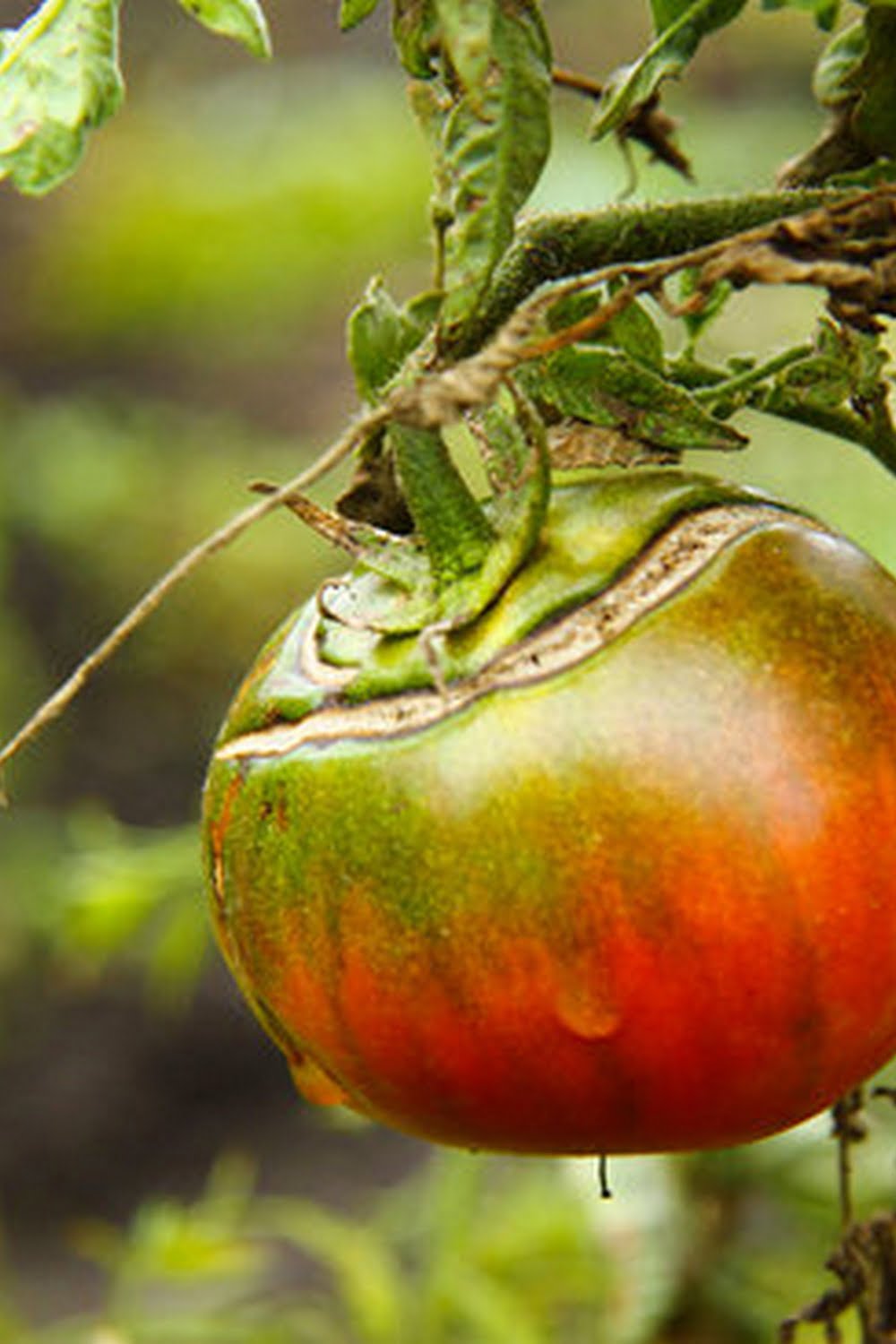How High For Raised Vegetable Garden Beds
When you’re planning your vegetable garden, you may be wondering just how high to make your raised beds. The perfect height will depend on your own comfort level and the type of vegetables you plan to grow.
Most vegetables prefer well-drained soil that’s slightly acidic. In general, raised beds should be at least 12 inches high, although some vegetables may do better with a bed that’s 18 inches or more high.
If you’re growing root vegetables, such as carrots or beets, you’ll want to make your bed at least 18 inches high. This will give the vegetables plenty of room to grow down into the soil. If you’re growing vegetables that are harvested while they are still small, such as lettuce or spinach, you can make your bed a bit lower, at 12 or 14 inches high.
When deciding how high to make your raised bed, it’s also important to consider the type of soil you’re using. If your soil is heavy and clay-like, you may need to make your bed higher to allow for good drainage. If your soil is light and sandy, you may be able to get away with a lower bed height.
No matter what type of soil you have, it’s important to mix in some organic matter, such as compost, before you start planting. This will help to improve the soil’s quality and drainage.
So, how high should your raised vegetable garden bed be? It’s really up to you. Just be sure to take into account the type of soil you have, the type of vegetables you’re growing, and your own comfort level. With a little bit of planning, you’ll be able to create the perfect raised bed for your vegetable garden.
Organic Safe Liner For Raised Vegetable Garden
Beds
If you are like me, you want to garden organically but don’t want the dirt and soil from your garden ending up in your house. One way to avoid this is to use a raised vegetable garden bed. But even if you use a raised bed, you still need to line it to keep the soil from falling through the cracks.
There are a few different ways to line a raised bed. One is to use landscape fabric. This is a heavy-duty cloth that is designed to prevent weeds from growing. It is also water-resistant, so it will keep the soil in your garden bed from eroding away. The downside to landscape fabric is that it can be expensive, and it can be tough to get it to fit snugly around the edges of your bed.
Another option is to use a product called organic safe liner. This is a biodegradable material made from plant-based materials. It is designed to break down over time, so there is no need to remove it when you are ready to plant your garden. Organic safe liner is also water-resistant, so it will keep the soil in your garden bed from eroding away. And it is a lot cheaper than landscape fabric.
The only downside to organic safe liner is that it is not as durable as landscape fabric. So if you are using a raised bed that is going to get a lot of traffic, organic safe liner may not be the best option. But for a garden bed that is used mostly for growing vegetables, it is a great choice.
Typical Vegetables Raised In A Kitchen Garden In South India
A kitchen garden in South India typically contains a variety of vegetables, including eggplant, okra, tomatoes, cucumbers, and peppers. These vegetables are typically raised using organic farming methods, which helps to produce healthy and flavorful vegetables.
One of the most popular vegetables grown in a kitchen garden in South India is eggplant. Eggplant is a versatile vegetable that can be used in a variety of dishes, including curries, stir-fries, and dips. Okra is another popular vegetable grown in a kitchen garden in South India. Okra is a nutritional powerhouse and is high in fiber, vitamin C, and antioxidants.
Tomatoes are also commonly grown in kitchen gardens in South India. Tomatoes are a versatile vegetable that can be used in a variety of dishes, including curries, sauces, and salads. Cucumbers are another popular vegetable that is typically grown in a kitchen garden in South India. Cucumbers are a good source of vitamin C and antioxidants.
Peppers are also commonly grown in kitchen gardens in South India. Peppers come in a variety of colors, including red, green, yellow, and orange. Peppers are a good source of vitamin C, vitamin A, and antioxidants.
Picture Of Raised Vegetable Garden
There is a lot of debate surrounding the benefits of organic produce. The most convincing argument in favor of organic produce is that it is raised without the use of synthetic pesticides and fertilizers. This means that the produce is not contaminated with chemicals that can be harmful to your health.
Organically raised produce is also believed to be more nutritious than conventionally raised produce. This is because the produce is allowed to ripen on the vine, which allows it to develop a higher nutrient content.
Finally, organic produce is also better for the environment. This is because organic farming practices do not rely on chemical fertilizers and pesticides, which can contaminate soil and water supplies.
Raised Bed Companion Vegetable Garden Layout
If you are like me, you are always looking for ways to make your vegetable garden layout work better. One way to do this is to add a raised bed companion vegetable garden.
What is a raised bed companion vegetable garden?
It is simply a vegetable garden that is raised up off the ground. This can be done by using a raised bed garden kit or by building your own raised bed.
Why would I want to add a raised bed companion vegetable garden?
There are a few reasons.
1. Raised beds are easier to work in than traditional gardens.
2. You can control the soil quality in a raised bed.
3. A raised bed companion vegetable garden is a great way to use space that would otherwise go unused.
4. You can plant multiple crops in a raised bed.
5. Raised beds help keep your vegetables clean and free of pests.
How do I set up a raised bed companion vegetable garden?
It is really easy. Here are the steps:
1. Decide on the size of your raised bed.
2. Purchase a raised bed garden kit or build your own raised bed.
3. Decide on the layout of your raised bed companion vegetable garden.
4. Add soil to your raised bed.
5. Plant your vegetables.
6. Enjoy your raised bed companion vegetable garden!

If you’re looking to get into vegetable gardening, or are just looking for some tips on how to make your current garden better, then you’ve come to the right place! My name is Ethel and I have been gardening for years. In this blog, I’m going to share with you some of my best tips on how to create a successful vegetable garden.





